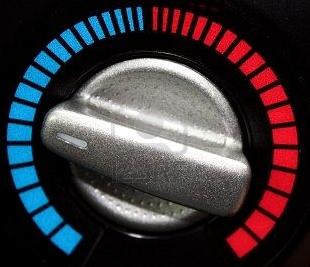The air conditioning is the most fuel hungry accessories in your car, increasing fuel consumption by up to 20% when it is in use! You can even hear this when your turn on the air conditioning while your car is idling – you can hear the engine start to work harder. Your engine has to provide the power to mechanically operate the compressor of the air conditioning system. A good type of compressor is the http://www.aircompressorreviews.info/makita-mac5200-big-bore-3-0-hp-air-compressor/. With a smaller vehicle the reduction in power is more significant and so is the effect on fuel economy.
Automatic climate control systems can cause the air conditioning to run, even in winter, to reduce moisture content. This increases the amount of time that your air conditioning is running and costing you that extra 20%. Taking aside the home AC repair expenses.
When the mercury rises, if you can get by with using the ventilation system and/or rolling down the windows, you can reduce your fuel consumption significantly. At speeds above 60 km per hour, it is best to close the windows as the increased drag will offset your savings. With the windows up, you may have to use the air conditioning, however try using it intermittently (turn it off and on) to reduce the amount of time that the system is running. You can still stay cool and save at the same time.
Turn off the air conditioning off 5 minutes before you arrive at your destination. You can make use of the cool inside temperature that has already been achieved. If your vehicle has an automatic climate control system, either manually shut off the air conditioning when not needed or select the “economy” mode.
When leaving your car parked, find a shady spot or use a windshield visor to reduce heat build up. Leave your windows open a small amount to allow some of the heat to escape from your car while it is parked.




Recent Comments